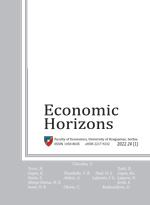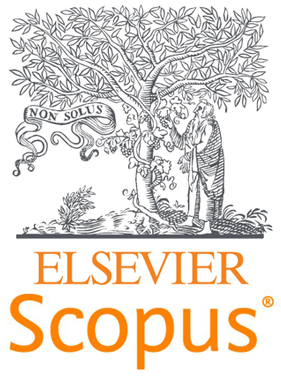VERTICAL SEGREGATION IN HIGHER EDUCATION - THE CASE STUDY OF THE REPUBLIC OF SERBIA
Slavica Manic, Ljubinka Joksimovic and Sinisa Zaric
Faculty of Economics, University of Belgrade, Republic of Serbia
The gender role hierarchy in the Republic of Serbia is an inspirational topic on several grounds: first, this is a specific issue within a wider gender equality problem, which has recently become the priority of structural reforms; second, it is a separate segment of gender segregation, the research issue unjustifiably ignored by the domestic academic community; finally, it is just a piece of the “puzzle” that reflects the situation in the gender inequality field, but exactly the one which neither national nor European statistics provide detailed information for. The above-mentioned reasons represent the basic motivation for writing this paper. In order to determine whether the position of women in science varies according to their position on the career scale, as it usually happens all over Europe, we shall examine the situation in the higher education system in the Republic of Serbia. That is why we apply the methodological procedures of descriptive statistics to the micro-data obtained from the Ministry of Education, Science and Technological Development in order to calculate the following relative indicators: the teaching staff structure by gender and grades across different fields of science and the glass ceiling index. We believe that such a relatively precise insight into the range of vertical segregation could be useful in conceiving future initiatives aimed at the systemic introduction of a gender perspective in the adoption, implementation and monitoring of public policies.
Keywords: gender equality, gender segregation, vertical segregation, horizontal segregation, higher education, the Republic of Serbia
JEL Classification: I23, I24, J16




